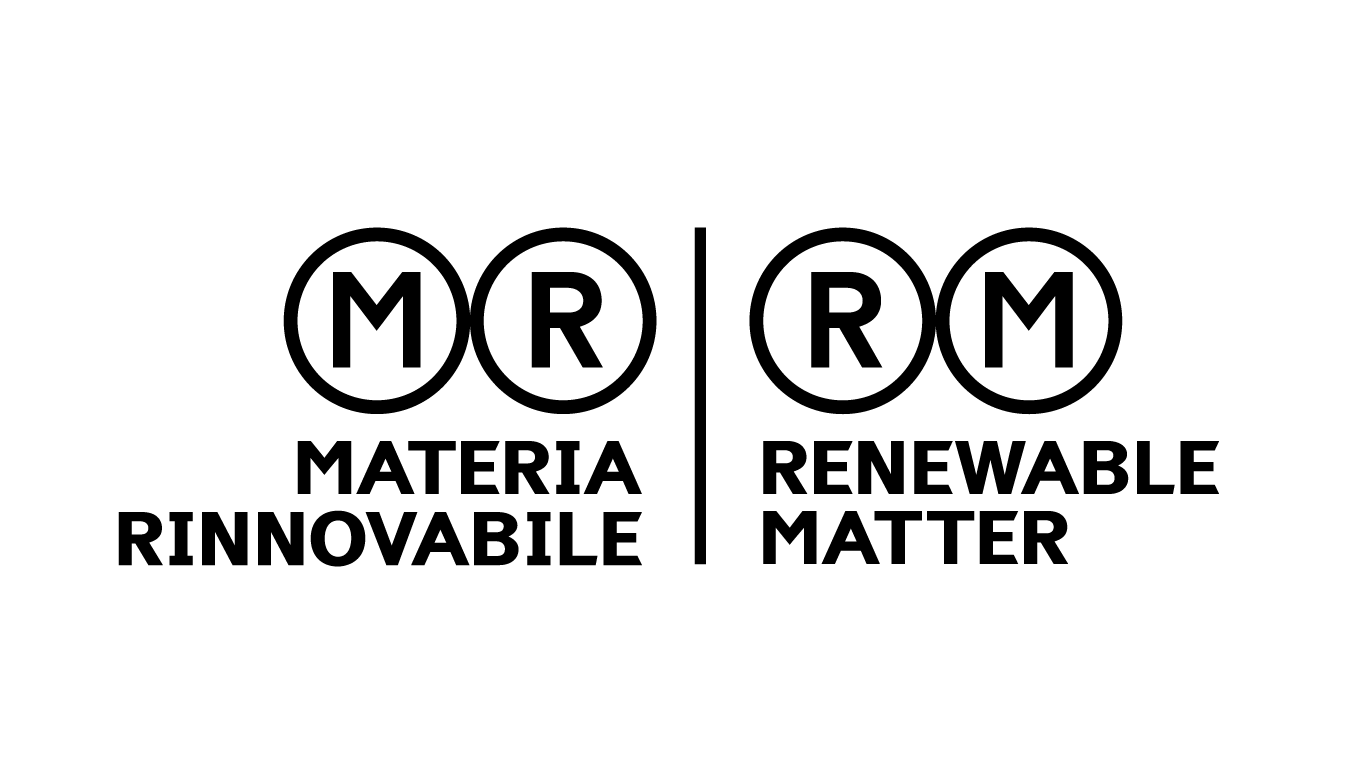This article is also available in Italian / Questo articolo è disponibile anche in italiano
Some 60 million people in Europe are food insecure. At the same time, each European wastes 132 kg of food on average each year. It is a paradox that costs the Union dearly in terms of health, resources, biodiversity and money, but one that can be solved in the circular economy.
When you throw away food that could have been eaten you are in fact also wasting the water, soil and energy that went into growing or producing it. That’s why the European Union focuses most of its efforts precisely on prevention, but it still has to deal with millions of tons of food waste to manage each year. And between laws, research projects, startups and innovations, it is proving to be at the forefront of the world.
According to the latest data from the Environmental European Agency (EEA), the European Union produced 59 million tons of food waste in 2022, with households being the main cause (55-56 percent of the total), followed by industry and primary production (26%-28%), restaurants and services (9-11 percent) and retail (7-8 percent). We talked about it in this article published on the Circular Economy for Food website, a project of the University of Grastronomical Sciences in Pollenzo, for which it was originally written.
Cover: Joshua Hoehne, Unsplash



